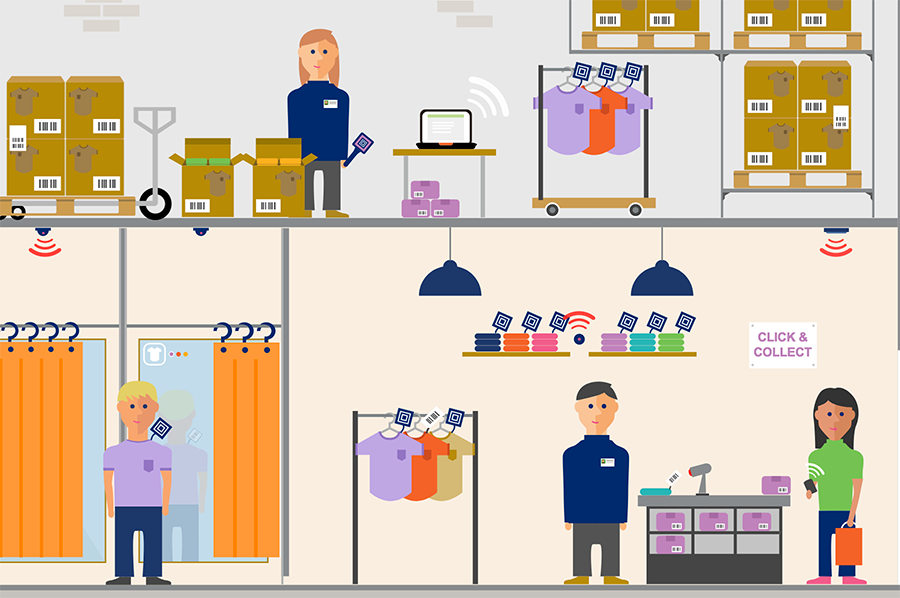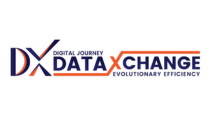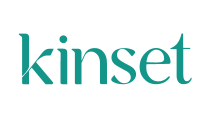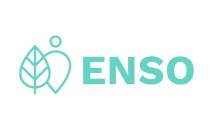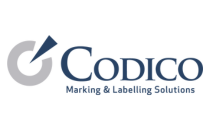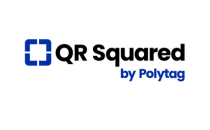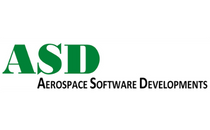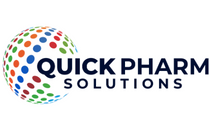- Home
- Industries
- Resources
- Case Studies
- Healthcare Case Studies
- RFID at St. James's Hospital
Loading...
St. James’s Hospital in Dublin uses GS1 standards-based RFID technology to track the movement of laboratory samples throughout the hospital, a solution that is part of the hospital’s broader traceability strategy called PATH (Patient and Asset Tracking in Healthcare).
These precious samples are biological samples that cannot be easily taken again. If these samples are lost it can be detrimental to a patients timely diagnosis. It is critical that we ensure we have safe and effective procedures in place so that we have an audit trail and visibility from when the sample is taken to when it is processed- and we have achieved that with the RFID solution!
John Gibbons
Laboratory Advisor, Campus Development Office, St James’s Hospital
The RFID infrastructure we now have in place has allowed us to expand our use of Standards based RFID enabled technology and is now part of a broader overall traceability strategy at St. James’s Hospital leading to safer care for our patients
Vincent Callan
Director, Campus Development Office, St James’s Hospital
Challenge
Laboratory samples, such as cancerous tissues taken during a biopsy, are “precious” since a patient’s care could be delayed if the sample was lost. It would be necessary to take another sample (perhaps by another potentially invasive operation) or the hospital might be unable to retrieve another sample, unnecessarily delaying the diagnosis and treatment for the patient.
Approach
St. James’s Hospital in Dublin investigated GS1 standards-based RFID (radio frequency identification) technology in 2014 as a method of tracking anyone or anything that could move or be transferred within the hospital. By placing an RFID tag on an asset, person or item and installing an RFID infrastructure within the campus, it can now be tracked and located. The RFID project called PATH (Patient and Asset Tracking in Healthcare) is part of a broader overall traceability strategy in the hospital.
Benefits
The introduction of the GS1 standards-based approach to RFID tracking has achieved the following:
- Significant cost savings and time savings for staff resources to redeploy to other value-added activities
- Reduction in re-keying and duplication of work, streamlining processes and improving productivity
- Decline in the hospital’s reliance on paper-based processes
- Tighter controls throughout the lab sample process
- Scalable solution to track all assets, patients, providers, products, stock and more
- Maintenance of assets that can be actively tracked, enabling huge organisational efficiencies in patient care and quality as well as improvements in safety, security, portering services and waste management
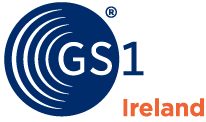
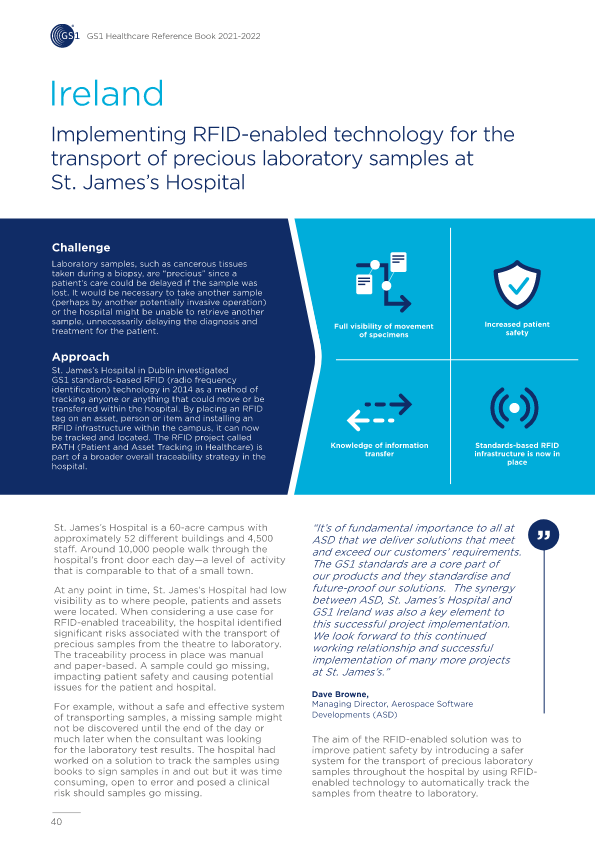
.png)
